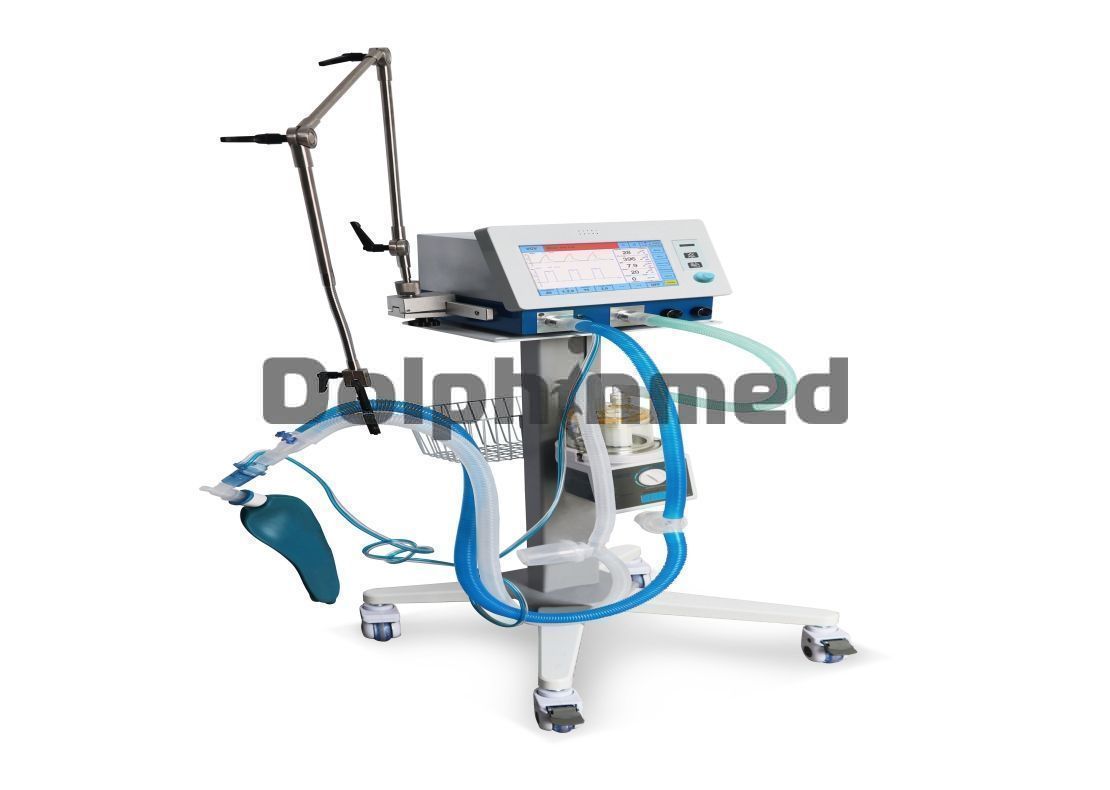What are the Basic Steps When Using a Ventilator?
As an Air compressor ICU Ventilator Exporter, share with you.
A ventilator is a device that can replace, control or change a person's normal physiological breathing, increase lung ventilation, improve respiratory function, reduce respiratory work consumption, and save heart reserve capacity. When infants and young children have acute respiratory failure, active conservative treatment is ineffective, the breathing is weakened, the sputum is thick and thick, the expectoration is difficult, the airway is blocked or the atelectasis occurs, tracheal intubation and ventilator should be considered.
Anti-COVID 2019 Star Ventilator
The basic steps of using a ventilator:
(1) Determine whether there are indications for mechanical ventilation.
(2) Determine whether there are relative contraindications for mechanical ventilation, and perform necessary treatment.
(3) Determine whether to control breathing or assist breathing.
(4) Determine the method of mechanical ventilation.
(5) Determine the minute ventilation (MV) for mechanical ventilation. The MV of mechanical ventilation is the difference between the MV needed by the patient and the actual autonomous MV. The MV required by the patient to maintain normal PaO2 and PaCO2 are generally 10-12ml/kg.
MV for mechanical ventilation = MV that the patient needs-actual autonomous MV
In actual application, the MV of mechanical ventilation is not constant and should be adjusted at any time according to the patient's blood gas analysis, or according to the physiological dead space/tidal volume ratio (Va/Vt). Normally [Vd/Vt: 0.3, PaCO2: 40mmHg (5.33kPa)] patients need MV of 6-9L. When Vd/V increases to 0.75, in order to maintain PaCO2 40mmHg (5.33kPa), MV needs to reach 13-14L.
(6) Determine the frequency (f), tidal volume (TV) and inspiratory time (IT) required to supplement the mechanical ventilation MV. Different ventilators have different adjustment methods, but these three parameters should be adjusted. The common adjustment method is. ①Adjusted by f, MV, and IT. ②Adjusted by TV, IT, ET (expiratory time). ③Adjusted by f, MV and I: E. ④Adjusted by f, IT, Flow (inspiratory flow rate). ⑤Adjust by f, I: E, Flow. ⑥Adjusted by IT, Flow and ET. When using a multifunctional ventilator, the mechanical ventilation MV can be comprehensively provided by different ventilation methods, such as SIMV+PSV, SIMV+CPAP, etc.
(7) Determine FiO2: generally start from 0.3 and gradually increase according to changes in PaO2. It does not exceed 0.5 during prolonged ventilation.
(8) Determine PEEP: When FiO2>0.6 and PaO2 is still less than 60mmHg (8.0kPa), PEEP should be added and FiO2 should be reduced to less than 0.5. The regulation principle of PEEP is to increase gradually from small to achieve the best gas exchange and the smallest circulatory impact.
Our company also has Anti-COVID 2019 Star Ventilator on sale, welcome to contact us.






 English
English  French
French  Chinese
Chinese  Spanish
Spanish 















